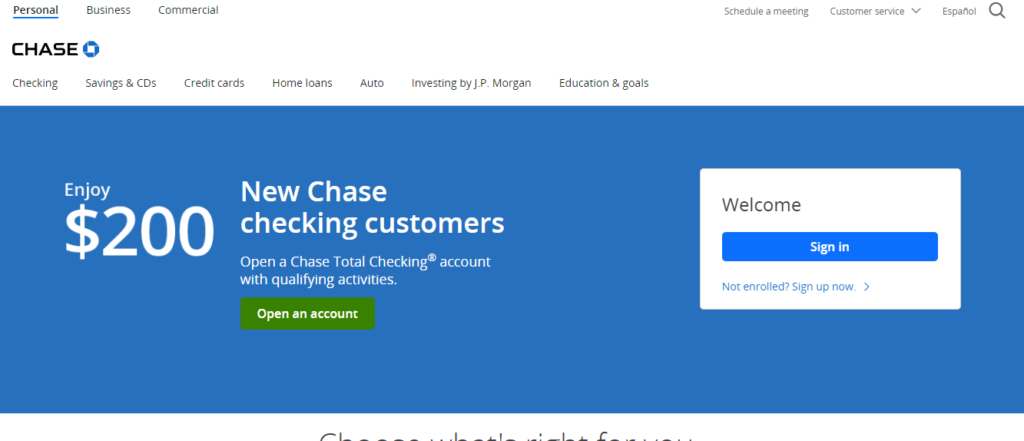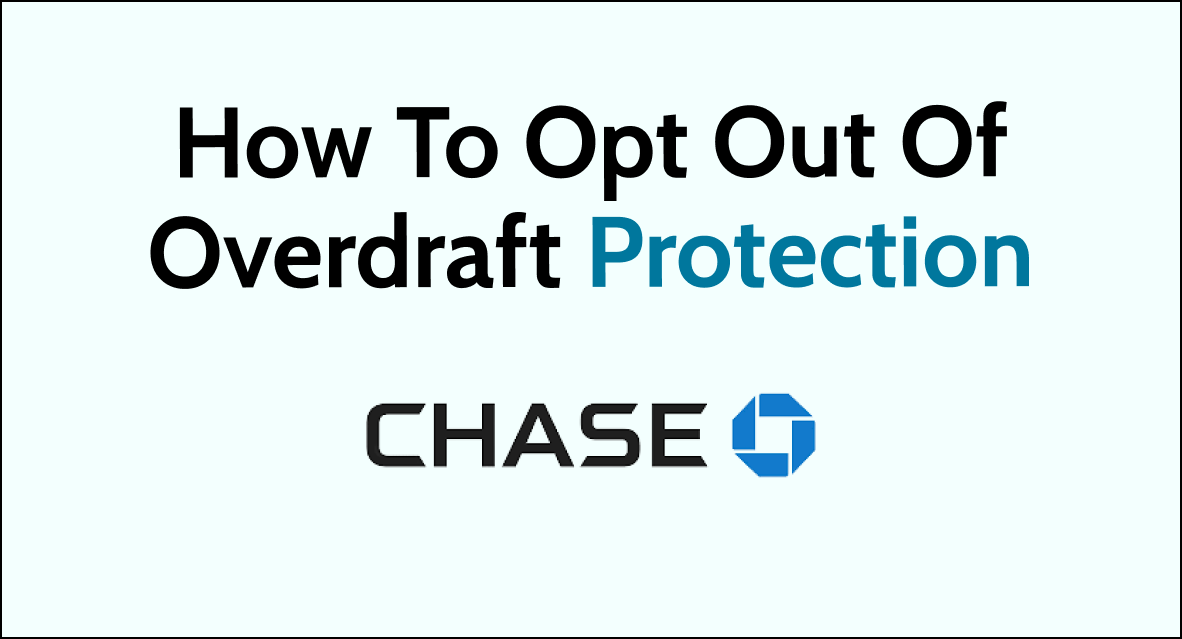Looking for the option to opt out of overdraft protection on Chase?
Opting out of overdraft protection at Chase means you are choosing not to participate in the bank’s overdraft service.
Overdraft protection is a feature that allows transactions to be processed even when there are insufficient funds in your account, potentially saving you from declined purchases or bounced checks.
However, this service comes with a cost: Chase, like many banks, charges a fee for each overdraft transaction.
In this blog post, you will understand the benefits of turning off Overdraft protection.
What Does It Mean To Opt Out Of Overdraft Protection with Chase
Opting out of overdraft protection at Chase means Turning off Overdraft protection in your bank account.

Overdraft protection is a feature that allows transactions to be processed even when there are no funds in your account, potentially saving you from declined purchases or bounced checks.
When you opt out, transactions that would overdraw your account are simply declined or returned unpaid, and you won’t be charged an overdraft fee. This can be beneficial if you want to avoid fees and are okay with the occasional declined transaction due to insufficient funds.
Can You Opt Out Of Overdraft Protection
Yes. As a Chase account holder, you can Opt Out Of Overdraft Protection at any time.
Federal regulations also state that banks can give customers the option to choose whether or not they want to participate in overdraft services for ATM and one-time debit card transactions.
How To Opt Out Of Overdraft Protection in Chase
You can pay overdraft transactions when there isn’t enough money in your checking account.
Here’s how:
- After signing in, tap on the “Total Checkout”.
- Swipe up and tap “Account Management,” then tap “Overdraft Protection”
- On the next screen click on the drop-down box next to the Overdraft protection account and click on “None.”
- Click on the Check box to agree terms and conditions
- Tap “Update protection,” then “Done”
Why Should You Consider Opt Out of OverDraft Protection on Chase
Opting out of overdraft protection with Chase can be a strategic financial decision depending on your personal banking habits and financial goals.
Here are several reasons why you might consider opting out:
- Avoid Overdraft Fees: One of the primary reasons to opt out is to avoid the fees associated with overdraft protection. When you overdraw your account, Chase may charge a fee for each transaction that exceeds your available balance. These fees can be substantial and add up quickly, especially if multiple transactions occur while your account is overdrawn.
- Encourage Better Budgeting: Without overdraft protection, transactions that would overdraw your account are declined. This can serve as a direct and immediate reminder to keep a closer eye on your account balance and can encourage more disciplined budgeting and spending habits.
- Simplify Account Management: By opting out, you can have a clearer picture of your actual available funds without factoring in the potential for overdrafts. This can make it easier to track your spending and manage your account.
- Reduce Impulse Spending: Knowing that transactions may be declined if you don’t have sufficient funds can deter impulse purchases and help you stick to your financial plan.
- Avoid Unnecessary Debt: Overdraft protection is essentially a short-term loan from the bank, and the fees are like interest on that loan. Opting out means you won’t be borrowing money you don’t have and incurring fees that are akin to high interest rates.
- Control Over Payments: Some customers prefer to have transactions declined rather than risk paying an overdraft fee, especially if the transaction is not critical. Opting out gives you control over which payments go through based on the actual funds available in your account.
- Financial Awareness: The immediate feedback of having a card declined can increase your awareness of your financial situation, prompting you to check your account more regularly and stay on top of your balance.
- Avoid Multiple Fees: If you remain opted in and your account becomes overdrawn, subsequent transactions will also trigger fees, potentially leading to multiple fees from a single oversight. Opting out helps prevent this situation.
